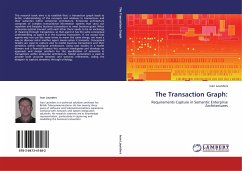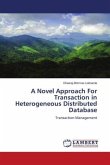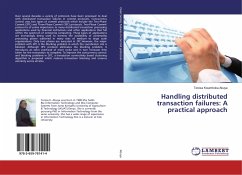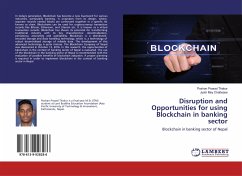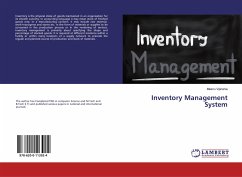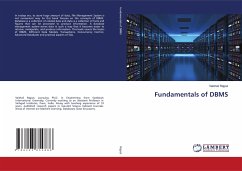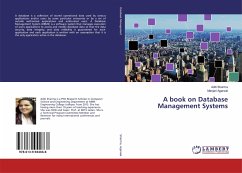This research book aims is to establish that: a transaction graph leads to better understanding of the concepts and relations in transactions and their semantics within enterprise architecture. Enterprise architecture comprises of complex transactional information systems that carry out repetitive and bespoke business transactions to meet business goals. When enterprise systems transact with each other there needs to be an exchange of meaning through transactions, so that agent A has the same conceptual understanding as agent B in the business transaction. If we accept that agents may not use the same terms to mean the same things, we need a way to discover what another agent means when it transacts. Conceptual Graphs are used to capture and to model business transactions and their semantics within enterprise architecture. Using case studies in a health domain and a financial domain this research investigates and develops an approach and design artefacts for the specification of semantics in transactions within enterprise architecture. Model automation is used to provide both accurate semantic and syntactic refinement, aiding the designer to capture semantics through ontology.

